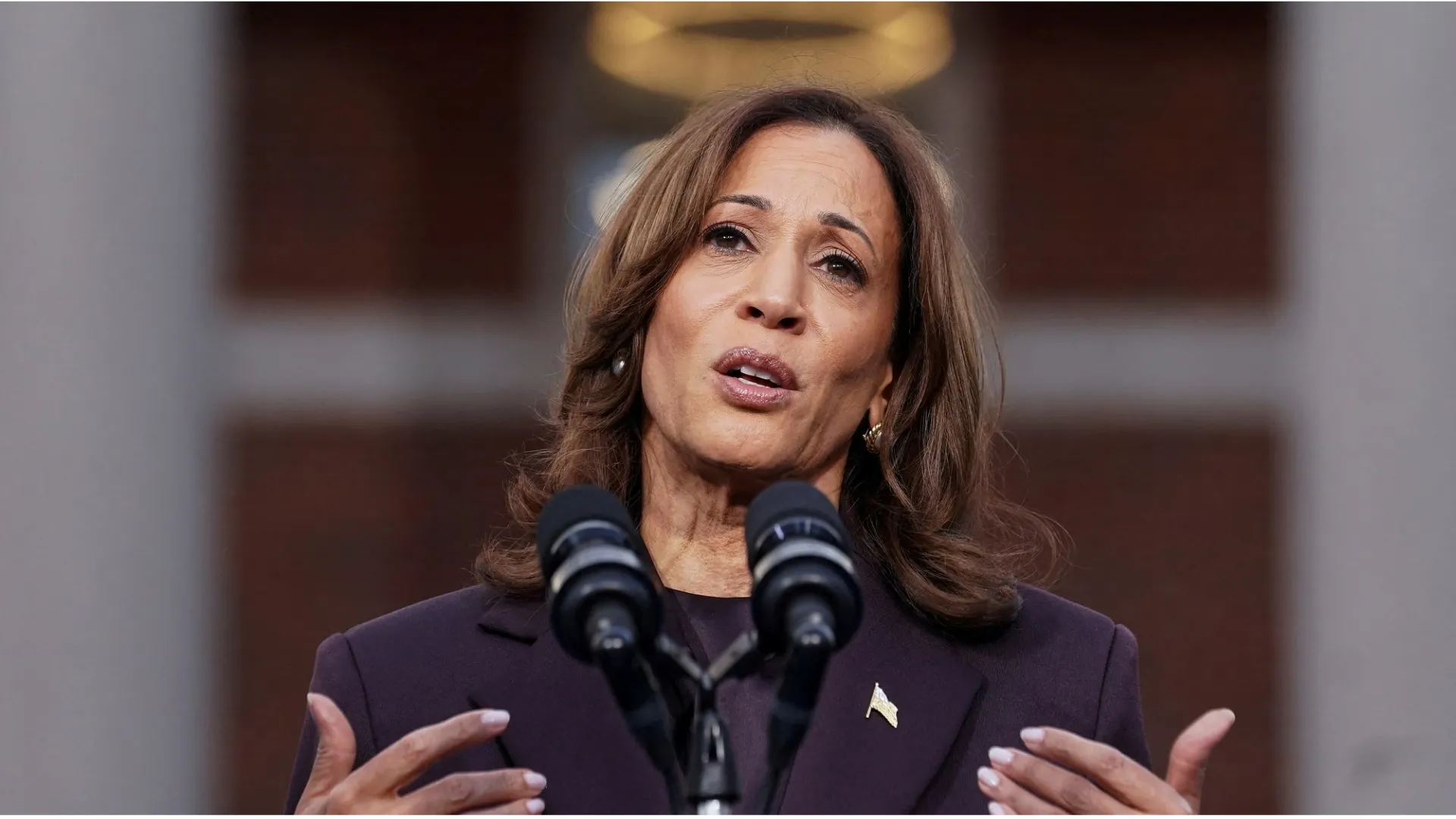
In a Fox News segment last year discussing America’s declining birth rate, former Congressman Sean Duffy, with a half-joking tone, claimed he would “lose count” of his nine children and encouraged viewers to follow his lead in having more.
“If you look at what’s good for the country and society, it’s to reproduce, to have kids,” he declared. “That shows that you’re healthy, you’re strong, and you’re patriotic.”
For Duffy, the equation was simple: more children equal a healthier, more patriotic nation. Yet, this rhetoric, rooted in a deeply conservative view of family and national strength, has now been integrated into federal policy—an unexpected area of influence for the Secretary of Transportation.
Following his appointment to President Donald Trump’s cabinet, Duffy has begun to implement this family-first philosophy in ways that have left many perplexed and even alarmed.
Just one day after being sworn in as Secretary of Transportation, Duffy issued a four-page memo that outlined his plan to tie transportation funding to “sound economic principles.”
Among the new directives was a key one that has raised eyebrows: the Department of Transportation (DOT) would now prioritize funding for communities with marriage and birth rates higher than the national average.
According to Duffy’s order, regions that saw more children born and more marriages taking place would receive preference when federal transportation dollars were distributed.
At first glance, this may seem like a peculiar move for a transportation department. How do birth rates and marriage statistics have anything to do with funding for highways, railways, or public transit?
The new policy is meant to align transportation planning with what Duffy sees as vital for the country’s future—strong, growing communities. But there are deeper implications for the way this policy may favor certain areas over others, raising questions about fairness and equity in the federal funding process.
One major concern, as reported by CNN, is that this directive could end up disproportionately benefiting regions that are not only conservative but also pro-Trump areas.
A closer look at marriage and birth rates across the U.S. shows significant variations based on region, political affiliation, and demographic composition. States that voted for Trump in 2020 tend to have higher birth and marriage rates than those that leaned toward Joe Biden.
This means that areas in states such as South Dakota, Utah, and other predominantly conservative regions may stand to gain from Duffy’s policy, while liberal strongholds like New York City or university towns with lower marriage and birth rates may fall behind.

In places where younger populations—those more likely to have children and get married—are prevalent, such as the fast-growing metropolitan areas of Texas and the Western U.S., Duffy’s policy would likely result in increased transportation funding.
Cities like Midland, Texas, which has seen a population boom due to the oil industry, could benefit greatly from this preference for high birth rates. Midland’s economy, fueled by oil, is rapidly expanding, but its infrastructure is struggling to keep pace.
With Duffy’s directive, cities like Midland, where young families are growing, could receive critical investments in their transportation networks.
The roads in Midland are “built for a city with a much smaller population,” said Mayor Lori Blong, and an infusion of federal funding could help address the safety concerns that plague the city’s aging infrastructure.
On the other hand, areas with fewer young adults, such as college towns, might find themselves at a disadvantage. New Haven, Connecticut, home to Yale University, is one such city.
The city’s lower marriage and birth rates, reflective of the student population and more transient residents, could put it on the losing end of Duffy’s funding priorities.
Mayor Justin Elicker expressed concerns that such a policy could penalize his city, which relies on federal funding for transportation improvements.
:max_bytes(150000):strip_icc():focal(749x0:751x2)/sean-duffy-donald-trump-013025-9c2208e901aa48be88571843fb629ae3.jpg)
“We should be working together as a nation to address our aging infrastructure,” Elicker stated, urging for a fairer distribution of federal funds that would benefit densely populated, but less family-oriented, cities.
The core of the issue lies in the fact that the policy appears to treat marriage and birth rates as the primary measure of a community’s worth or growth potential.
By this logic, the presence of children and marriage becomes a key indicator of a healthy community, and, therefore, a community deserving of federal investment. This overlooks the complex realities of urban and suburban life in the U.S., where the population dynamics are not always so easily distilled into numbers of births and marriages.
In university towns or metropolitan areas that attract young professionals, the absence of high birth and marriage rates doesn’t necessarily reflect a lack of vitality or growth potential—it often reflects a demographic that is more focused on education, career advancement, or delayed family planning.
Beth Jarosz, a senior program director at the Population Reference Bureau, noted that this policy is unlike anything seen before in the realm of transportation funding. “I’ve never seen anything like this,” she said.
In her view, a better understanding of how these marriage and birth rate statistics would be applied is essential before this policy could be implemented in a meaningful way.
Will federal officials apply these preferences at the state level or at the level of counties or cities?
And if cities like Las Vegas, which have an influx of marriages due to tourism, are considered, could this skew the data in favor of certain regions? These are just some of the questions that remain unanswered.

Moreover, the policy comes as Duffy’s new role in Trump’s cabinet seeks to realign the nation’s transportation priorities.
Duffy’s focus on birth rates and marriage statistics is just one part of a broader effort to reshape transportation funding according to the Trump administration’s political goals.
Duffy has also targeted New York City’s transit system, threatened to cut funds for California’s high-speed rail project, and criticized green infrastructure initiatives like electric vehicle chargers and bike lanes, deeming them not aligned with the priorities of the administration.
The situation raises further concerns about the broader implications for national unity.
If the DOT increasingly channels funds into areas that align with the administration’s ideological preferences, it risks creating a two-tiered transportation system—one for the “family-friendly” regions and another for those that are politically opposed to the president.
This shift could exacerbate divisions between red and blue states, further polarizing the country along lines of geography, politics, and demographics.
Critics of the policy argue that it undermines the very notion of fairness in federal funding. The focus on birth rates and marriage statistics as criteria for transportation grants is not just flawed—it is deeply exclusionary.
Communities that need transportation investments the most—often urban areas with high-density populations or cities in dire need of infrastructure repair—could find themselves ignored in favor of smaller, more conservative areas that align with the administration’s agenda.
As Yonah Freemark, a researcher at the Urban Institute, put it, the administration’s approach to transportation funding seems “to have little to do with the actual benefits that those projects are providing, and a lot more with rewarding certain constituencies.”
As Duffy and the Trump administration move forward with their approach to transportation policy, it remains to be seen whether this focus on family growth will be implemented in a way that serves the broader needs of the nation.

The use of demographic data to guide transportation funding is unprecedented and controversial, and while it may align with the ideological leanings of Trump’s base, it risks alienating a significant portion of the country.
In the end, the policy is a stark reminder that in today’s America, political priorities often dictate the distribution of resources, and those who do not align with the administration may be left behind.
The challenges ahead for Duffy and the Trump administration will be to prove that this new approach to transportation funding is not just a political tool but a genuine effort to improve the nation’s infrastructure and ensure that all communities, regardless of political affiliation or family composition, have access to the resources they need to thrive.



